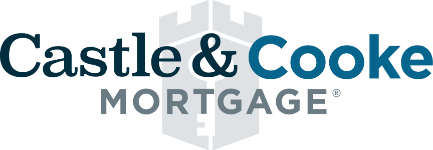
Mortgage payments are more than just paying back the amount you borrowed. Instead, your monthly payments are made up of four components that cover all the basics of the loan.
One of the best differences between these payments and rent is predictability month after month. In addition, your payments go toward building equity.
Mortgage payment breakdown
Your mortgage is based on a variety of factors, including your down payment, credit score, and property type. These terms are set by your lender before closing. Afterward, you make payments to a loan servicer (which may or may not be the same entity as your original lender).
The mortgage payments you send to your servicer cover more than just the loan. The industry acronym for these costs is PITI (principal, interest, taxes, insurance).
Principal: Pays down your existing loan amount.
Interest: Percentage charged for the use of borrowed money.
Taxes: Decided by your municipality and based on your property’s value.
Insurance: Homeowner's insurance premiums and possibly mortgage insurance payments (more on that in a moment).
How much of your payment goes to principal vs. interest is likely to change over time, even when your total payment amount stays the same. Most loan servicers put a higher percentage of your payment toward interest during the first several years of the loan.
Understanding mortgage insurance
There are two kinds of mortgage insurance (MI), and both protect your lender or investor in case you default on your new mortgage. If your down payment is high enough, you might not need either kind.
PMI: Private mortgage insurance is for conventional loans. It can be paid monthly with your mortgage payment or paid upfront at closing.
MIP: A mortgage insurance premium is an insurance policy used in FHA loans. It is due at the time of closing, and monthly premiums may also apply.
LTV: If you buy a home and put down less than 20%, you may be required to pay MI. If you have PMI, you may be able to drop it when your loan-to-value (LTV) ratio exceeds 20%. If you have MIP, though, you'll need to refinance to drop it.
Contact your servicer to discuss options, and don't hesitate to connect with a friendly local Loan Officer to see if a refinance could save you on monthly payments, total loan costs, or both.
What if you made one extra payment every year?
Most mortgage servicers require you to make monthly payments, and it is essential to stay on top of these. If at all possible, though, it can be wise to make extra payments whenever you can. Many borrowers use bonuses they get at work, tax returns, or inheritance money to make these extra mortgage payments.
These extra payments go directly toward paying off your principal. As your principal drops, you will be charged less interest over time. And because interest is calculated against principal on a daily basis, you'll see benefits right away.
Over time, the savings could amount to thousands of dollars—and even early payoff! Check with your mortgage servicer for details on your specific situation.


